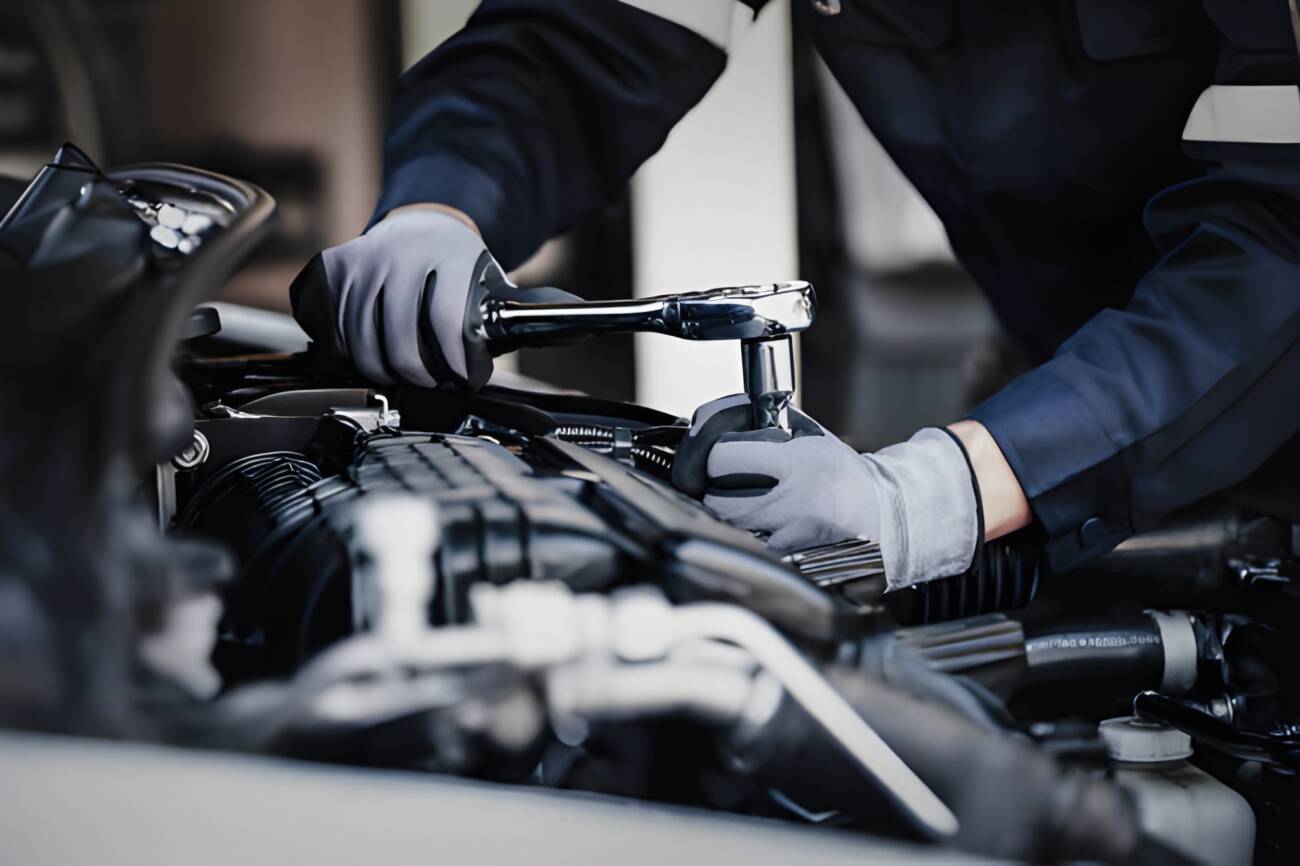Most people think of car trouble in dramatic terms. The loud rattle sounds like something is about to fall off. The dashboard light that flares up without warning. The moment the engine won’t turn over in a grocery store parking lot. But the form of damage that affects most cars is far quieter. It’s gradual. Slow. Almost invisible.
It’s heat.
Heat is the single most consistent stress your engine faces. Even in mild climates, your engine runs hot every time you drive. Add in summer temperatures, elevation, traffic, towing, or long highway stretches, and you have a machine working harder than the driver ever realizes. Most engine wear doesn’t happen because something broke suddenly. It happens because heat slowly changed the way the engine functioned long before anything actually failed.
Understanding how heat affects your engine is the difference between a car that lasts 200,000 miles and one that struggles before 100,000.
Heat Breaks Down Oil Faster Than You Expect
Oil is your engine’s primary defense system. It keeps metal from rubbing directly against metal, reduces friction, and helps regulate temperature. But oil is not permanent. The higher the temperature, the faster it breaks down and loses its protective qualities.
In hotter climates or during long drives, oil thins out more quickly. That means less protection. Less lubrication. More friction. More heat. It becomes a cycle that feeds itself.
Most drivers treat oil changes like chores to be delayed. But oil is not something you “stretch.” If you live somewhere warm or you drive in crowded urban traffic with a lot of stop-and-go, shortening the oil change interval can extend the life of the engine more than almost any other single maintenance action. Heat doesn’t announce itself. It just quietly takes things away.
The Cooling System Works Harder Than People Think
When most people think about their car overheating, they imagine steam pouring out of the hood on the side of the highway. But overheating doesn’t usually look like that. It often starts months before with tiny signs that don’t feel urgent.
A small coolant leak. A hose that’s slightly soft instead of firm. A radiator clogged with dust and debris. A water pump that’s wearing out. The cooling system is like the circulatory system of the engine. If any part of it struggles, everything struggles..
Batteries Don’t Just Fail in Winter. They Fail in Summer First.
There’s a common belief that batteries die in cold weather. What actually happens is they fail in cold weather because they were damaged in the heat months earlier.
Heat accelerates chemical breakdown inside the battery. The hotter the environment, the faster that breakdown occurs. By the time winter arrives, the battery no longer has enough reserve power to start the engine.
If you live in a warm region, checking battery voltage in late summer is smarter than waiting until the cold season exposes the weakness.
Transmission Heat Is Often Overlooked
The transmission is just as vulnerable to heat as the engine. Transmission fluid keeps gears and components shifting smoothly. But under load, especially while towing, that fluid heats up quickly. Once it gets too hot, it begins to break down. When that happens, shifting becomes rougher and internal wear accelerates.
Most people never consider transmission fluid maintenance until something feels wrong. By then, the damage is already happening. Healthy transmission = cooler transmission. It’s as simple as that.
Heat Affects Different Climates Differently
This is where local knowledge matters. A car driven in a coastal city doesn’t face the same conditions as a car driven in the Southwest. A car driven in mountain regions has to deal with constant grade changes that cause engines to work harder. Long stretches of highway in open sun can feel effortless to a driver but punishing to an engine.
A climate-aware maintenance plan is not upselling. It’s adapting to reality. That’s why shops with experience in hot places, such as Phoenix auto repair, mechanics near Dallas, or Las Vegas automotive service centers, often recommend slightly different maintenance schedules for vehicles that spend a lot of time in direct heat. A climate-aware maintenance plan is not upselling. It’s adapting to reality.
Stop-and-Go Traffic Creates Hidden Heat Stress
Highway driving cools the engine with airflow. City driving does the opposite. Idling in traffic builds heat that has nowhere to go. Modern cars are designed for this, but not indefinitely. Combine idling with summer temperatures, and the cooling system is running constant overtime.
This is why someone can go on a long road trip with no problem, but their car overheats after fifteen minutes in downtown traffic. The heat isn’t new. It’s cumulative.
The Real Strategy: Manage Heat, Don’t Fight It
You don’t need to fear heat. You just need to respect it. The goal is not to avoid it, but to manage it intelligently. Heat is predictable. Which means heat damage is preventable.
The biggest threats to your car don’t usually look dramatic. They build slowly. They start quietly. They become obvious only when it’s too late to fix cheaply. When you understand how heat shapes the life of your engine, you stop treating maintenance as something annoying and start treating it as something protective. The reward for that shift is simple: Your car runs longer. It costs less to own. And it surprises you less. Heat may be the silent killer of engines — but only for the cars whose owners never learned to listen.






